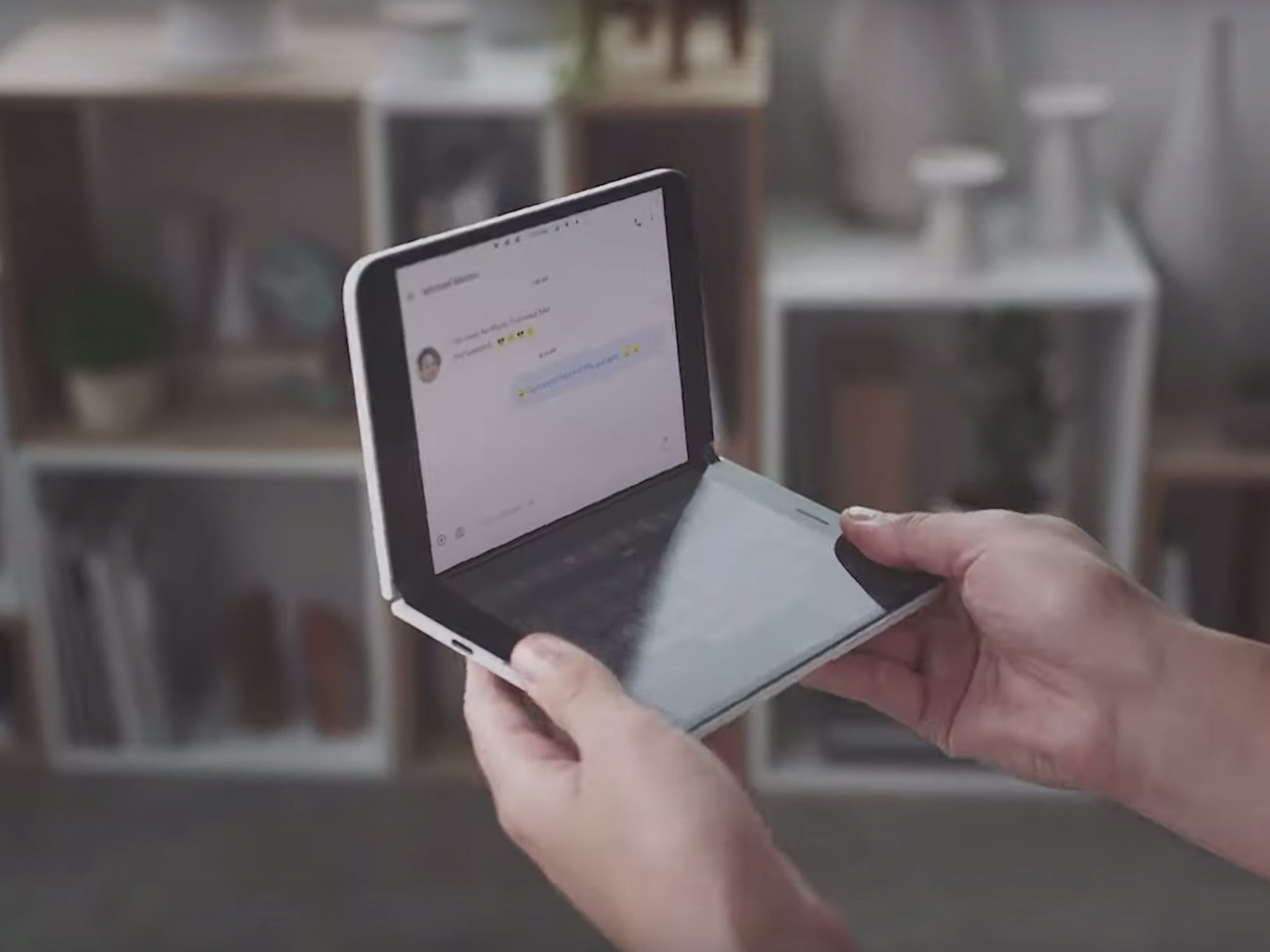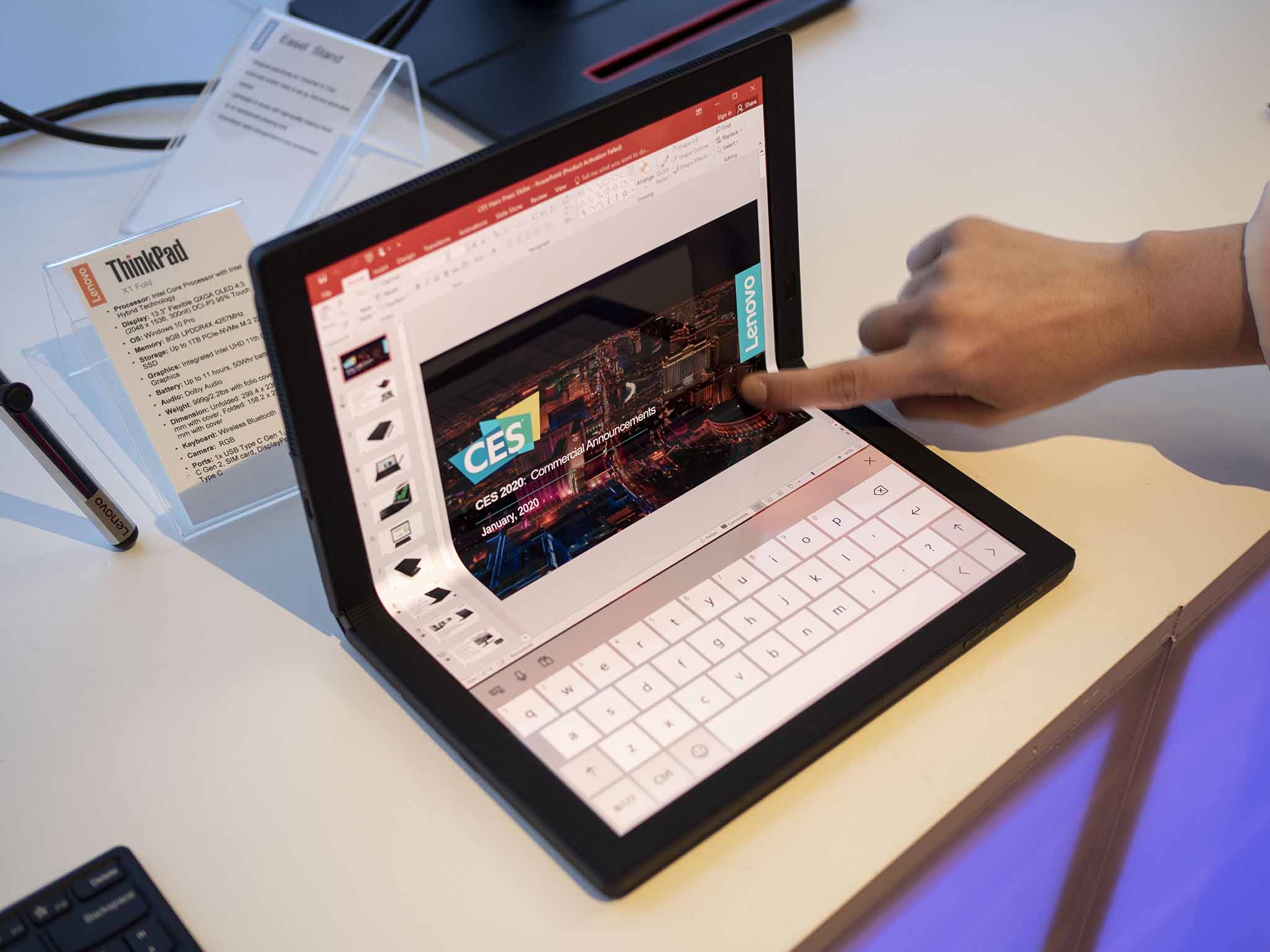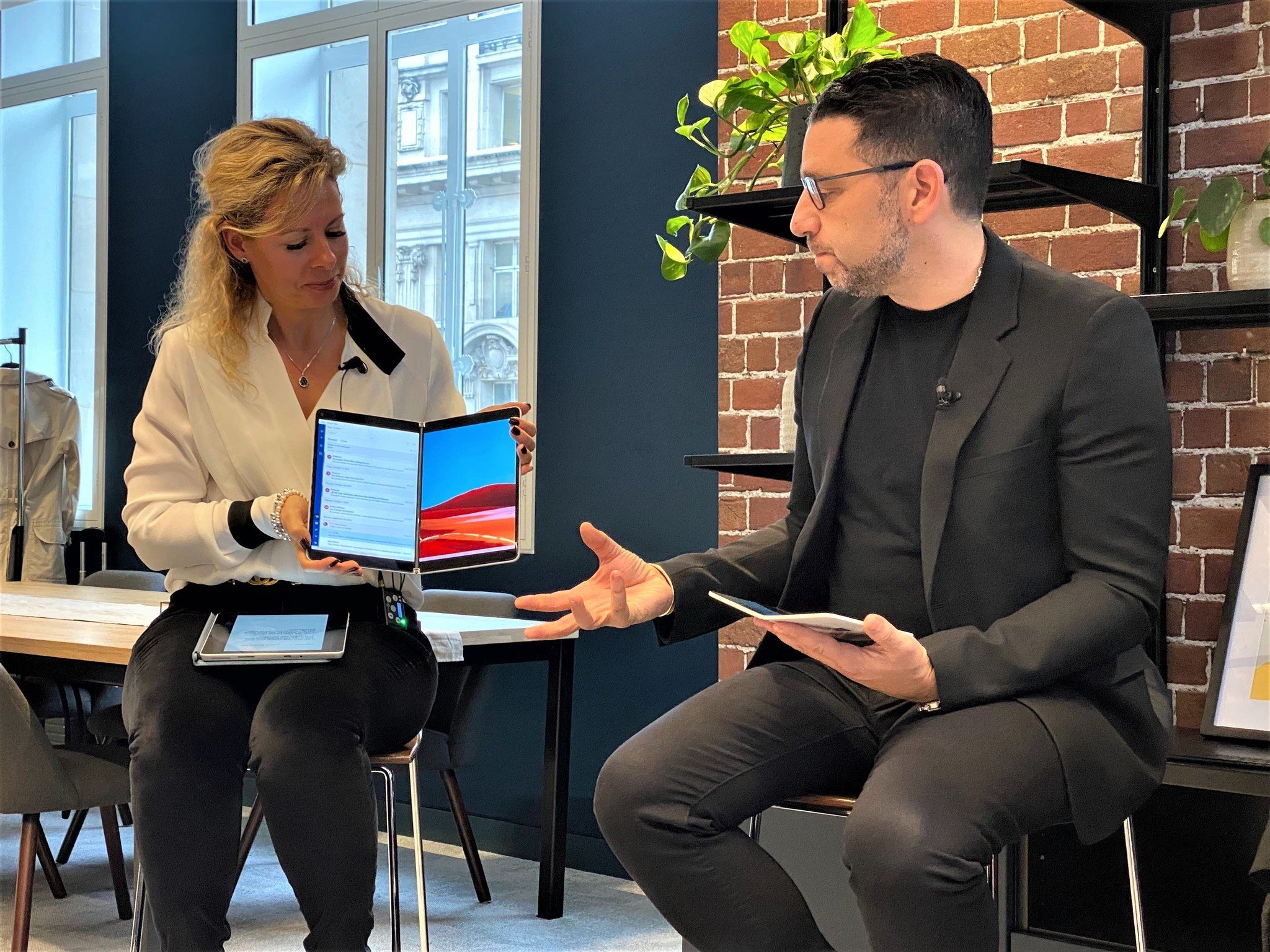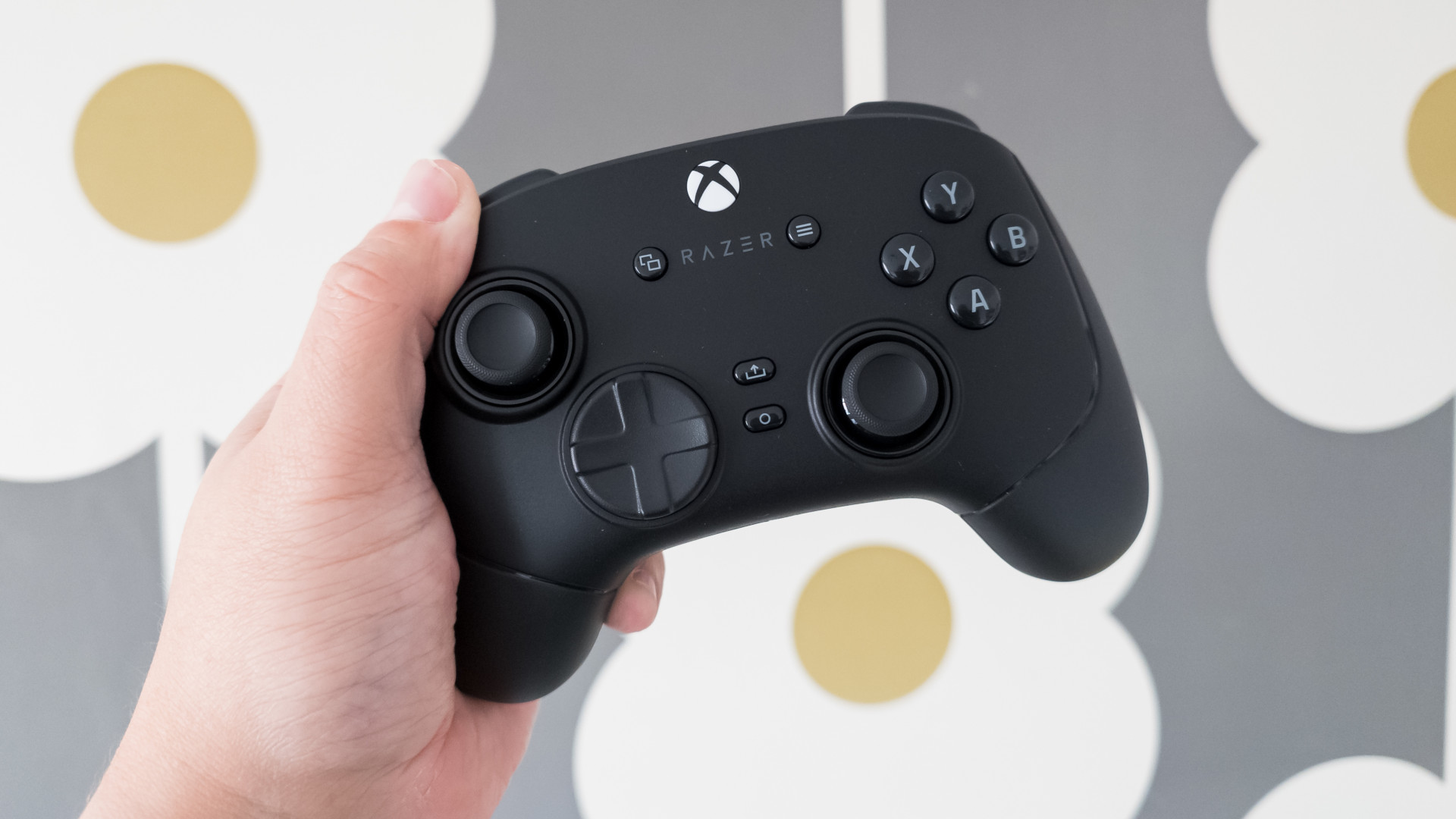Samsung jumped into foldables way too early — Microsoft's approach to Surface Duo is better

The age-old question (that is now six months old) of which is better – folding display or dual, hinged screens – is going to get answers real soon with Microsoft's Surface Duo and later Surface Neo. I've already explored the pros and cons of each form-factor, but the question remains: did Samsung jump into foldables too early?
Here's why I think they did and why Microsoft's approach may be more affordable too.
Early tech, but high prices

The biggest complaint about something like the Galaxy Fold ($2,000) or Galaxy Z Flip ($1,380) is simply the price. Not to mention the insane Huawei' $2,500 Mate XS. They're absurd. Especially since the hardware included, while very good, is most decisively last-gen.
That's OK on some level. I've argued in the past that early adopters (including myself) are willing to fork over that money to be effectively beta testers, the canary in the coal mine. But it's more than evident that regular people are already struggling to find value in a $1,000 phone, let alone one that has a few compromises and older hardware.
A display that folds merely is more expensive. Between the years of research and development, the engineering, the manufacturing, and most certainly device returns when something breaks drives up the costs exponentially.
Dual screens, however, are much simpler to both engineer, produce, and support.
It's safe to assume that Microsoft is likely going to come into this market at a much lower price point than Samsung (maybe even at the $1,000 mark or below). That could help drive broader adoption and developer support.
Get the Windows Central Newsletter
All the latest news, reviews, and guides for Windows and Xbox diehards.
Fragility is a real concern

Perhaps the biggest surprise with the second-iteration of the Samsung Galaxy Fold and latest Galaxy Z Flip is the shortage of anecdotal reports of damage. While some cases do exist, it doesn't seem to be widespread. No doubt, that's likely because Samsung sank millions into research to help ensure that result.
But there's no denying that even the Samsung Ultra-thin Glass (UTG) found on the Galaxy Z Flip results in a very sensitive display. Mine is virtually unscathed with no significant scratches, but if you look at it in direct light, you can see minor micro-thin grazes likely from the sides of my slightly rougher thumb. It's not something I see or worry about but were you to drag your fingernail across the display, well, there will be damage.
Dual-screens get away from this entirely. The reason is simple: they're glass. And not just regular glass, but they can be Corning Gorilla Glass, making them durable, reliable, and very resistant to scratches.
Finally, there is no issue with pen support and glass displays. Microsoft's upcoming Surface Duo and Neo support the Surface Pen, no caveats. One of the weirder things about the tablet-like Galaxy Fold is you can't use a pen or stylus with it. That may be fixed soon. After all, Lenovo's foldable ThinkPad X1 is plastic and uses a pen. But how it holds up in the real-world remains to be seen.
Foldables will evolve, but now is too early for mainstream

Samsung gets credit for bringing to the mass market the first displays that fold. It's a remarkable achievement. But like many new technologies, there's a good reason why it's priced so high, and no one is recommending it yet for everyday folks.
That's fine. Let early adopters take the risk and enjoy the tech today while also bearing the costs.
Microsoft's approach, however, makes the Surface Duo a bit more approachable and useful for everyday life. That's not to say it is perfect either. While the price will be lower, it also suffers from using last-gen technology and is likely many critical features that someone should expect from an expensive smartphone. We certainly are not anticipating a class-leading camera, for instance. But in terms of durability and reliability, the dual-screen approach is the safer one right now.
The good news is at the rate screen technology is evolving, both options should be cheaper and much more trustworthy in just a couple of years.
Learn more about how foldable phones and PCs are shaking things up.
- A history of the folding phone
- Galaxy Z Flip vs. Moto RAZR
- Why your next phone should be a foldable
- Why your next phone shouldn't be a foldable
- Our phones are our most important fashion accessory
- The clamshell foldable is the new 'small' phone
- All the differences between foldable devices
- MrMobile explains foldables
- Should you buy a foldable phone in 2020?
- Are foldable phones the next big thing?
- Folding phones are saving us from several years of boring slabs
- Samsung is leading the charge with foldable phones
- Microsoft's approach to foldables with the Surface Duo is better

Daniel Rubino is the Editor-in-chief of Windows Central. He is also the head reviewer, podcast co-host, and analyst. He has been covering Microsoft since 2007 when this site was called WMExperts (and later Windows Phone Central). His interests include Windows, laptops, next-gen computing, and wearable tech. He has reviewed laptops for over 10 years and is particularly fond of 2-in-1 convertibles, Arm64 processors, new form factors, and thin-and-light PCs. Before all this tech stuff, he worked on a Ph.D. in linguistics, performed polysomnographs in NYC, and was a motion-picture operator for 17 years.
